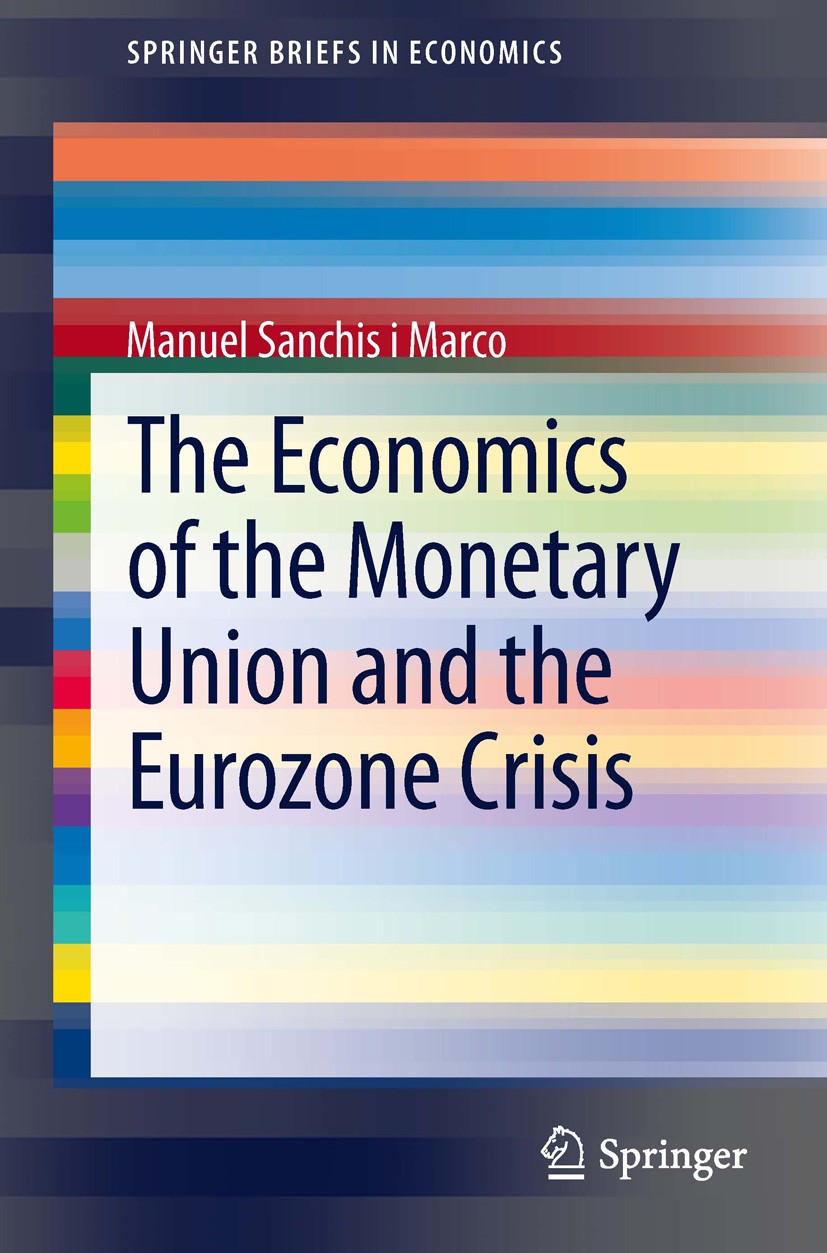| 书目名称 | The Economics of the Monetary Union and the Eurozone Crisis |
| 编辑 | Manuel Sanchis i Marco |
| 视频video | http://file.papertrans.cn/909/908399/908399.mp4 |
| 概述 | Provides the analytical frame to understand the economic rationale underlying both the optimum currency areas approach and the rules-based EU fiscal policies.Includes a special chapter on the need to |
| 丛书名称 | SpringerBriefs in Economics |
| 图书封面 |  |
| 描述 | .A regulatory idea conducted this work: the need to connect the economic rationale of the theory of currency areas with the current EU institutional frame of the European monetary unification process. The latter includes the recent revamping of fiscal rules of the Stability and Growth Pact, and calls for enhancing ‘flexicurity’ in EU labour markets. The lack of EU political leadership is a dead-weight loss to build a genuine economic and monetary union, and risks to blow-up the whole project. Further, it undermines the internal macroeconomic logic of a single currency like the euro, and gives a prominent non-democratic role to financial markets. As it happened in the past with the gold-standard, the euro condemns today the peripheral countries to a deflationary process which might last for a decade. A more pro-European approach is needed with both sides of the system (core and periphery) making the required adjustment efforts, though in the opposite way, to save the eurozone and Europe. .“The theory of optimal currency areas remains the essential framework to understand the design failures of the eurozone. In order to understand these dramatic economic developments that grip the |
| 出版日期 | Book 2014 |
| 关键词 | Assymetric Shocks; Currency Areas; Euro Crisis; Labour Market Flexibility; Monetary Integration |
| 版次 | 1 |
| doi | https://doi.org/10.1007/978-3-319-00020-6 |
| isbn_softcover | 978-3-319-00019-0 |
| isbn_ebook | 978-3-319-00020-6Series ISSN 2191-5504 Series E-ISSN 2191-5512 |
| issn_series | 2191-5504 |
| copyright | The Author(s) 2014 |
 |Archiver|手机版|小黑屋|
派博传思国际
( 京公网安备110108008328)
GMT+8, 2025-11-14 13:35
|Archiver|手机版|小黑屋|
派博传思国际
( 京公网安备110108008328)
GMT+8, 2025-11-14 13:35


